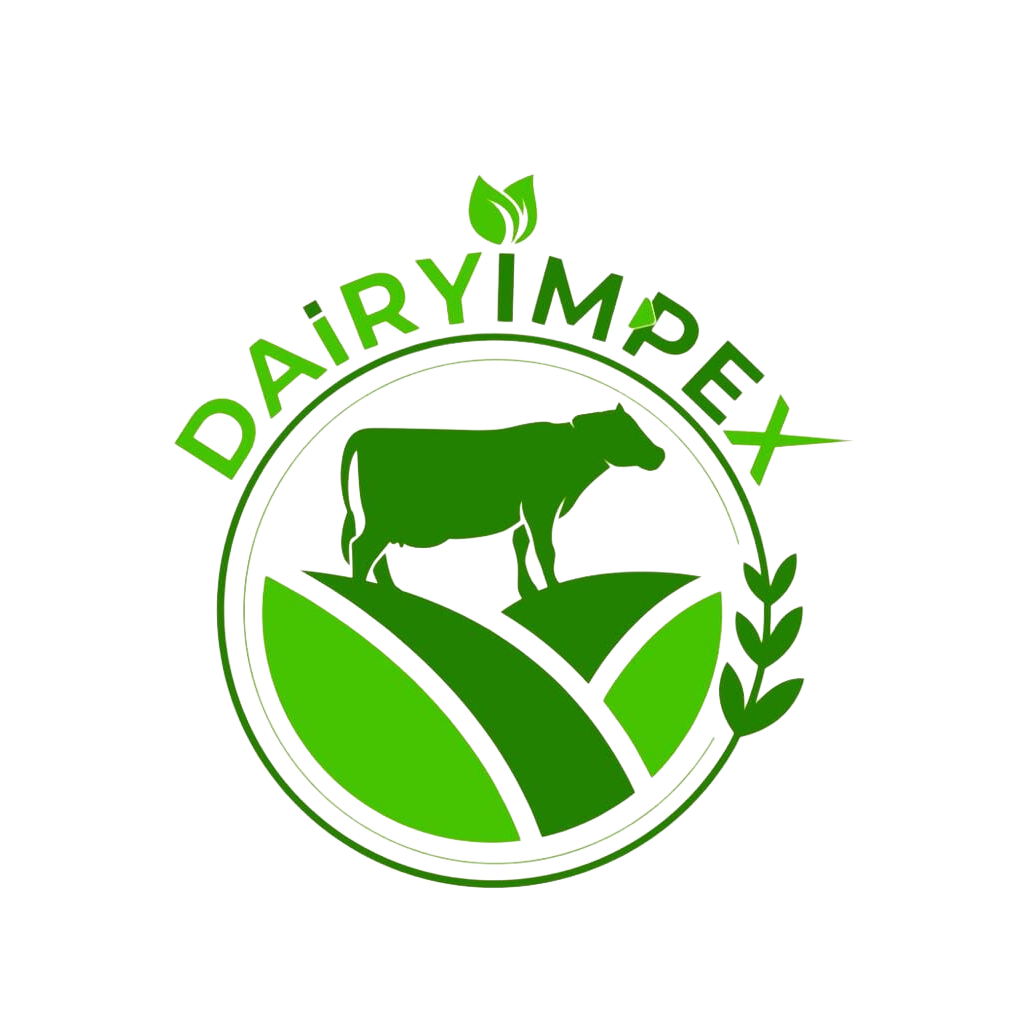MilklineParlour
The Milkline / Milking Parlour:
The dairy industry is witnessing continuous advancements in technology, aimed at improving milking efficiency, milk quality, and overall dairy farm management. Among these innovations, the integration of pneumatic/electronic pulsators, Automatic CIP (Clean-in-Place), and ACR (Automatic Cluster Removal) options into the milkline system and milking parlours has revolutionized the milking process, benefiting dairy farmers worldwide.
1. Pneumatic/Electronic Pulsator: Enhancing Milking Efficiency
The Brain of the milking parlour lies in the pulsator—a vital component responsible for regulating the vacuum and pulsation rate during milking. Traditionally, pneumatic pulsators were widely used, but electronic pulsators have gained popularity for their superior performance and accuracy. Both options have their merits:
a. Pneumatic Pulsator:
Pneumatic pulsators rely on air pressure fluctuations to control the milking cycle. While they are simple and cost-effective, their precision and adaptability may vary, leading to potential inconsistencies in milking performance.
b.Electronic Pulsator:
Electronic pulsators, on the other hand, offer precise control over pulsation rates and ratios, resulting in optimized milking efficiency. They allow customization of pulsation settings for individual cows, accommodating varying udder characteristics, and ensuring gentle and efficient milking.
The integration of pneumatic or electronic pulsators into the milkline system helps dairy farmers achieve consistent and efficient milking routines, leading to improved milk yields and enhanced udder health.
2. Automatic CIP: Ensuring Optimal Hygiene
Maintaining impeccable hygiene in milking parlours is paramount to producing safe and high-quality milk. Automatic Clean-in-Place (CIP) systems have emerged as a game-changer, streamlining the cleaning and sanitation process without the need for manual intervention. The advantages of Automatic CIP are manifold:
a. Time Efficiency: Automatic CIP eliminates the need for manual cleaning, reducing downtime between milking sessions and increasing overall milking parlour efficiency.
b. Thorough Cleaning: The system ensures all milk contact surfaces are thoroughly cleaned and sanitized, preventing the buildup of harmful bacteria and contaminants that could compromise milk quality.
c. Consistency: With programmed cleaning protocols, Automatic CIP ensures that cleaning processes are consistently executed, minimizing the risk of human errors that may occur during manual cleaning.
Implementing Automatic CIP in the milkline system helps dairy farmers maintain stringent hygiene standards, ensuring consumers receive milk that is safe, free from impurities, and meets regulatory requirements.
3. ACR (Automatic Cluster Removal): Enhancing Cow Comfort
ACR technology has transformed the milking process by automating the removal of milking clusters from cows once milking is complete. The benefits of ACR are profound:
a. Gentle Milking Process: ACR gently removes the milking clusters, reducing stress on cows and promoting their comfort during milking.
b. Labor Savings: By automating the cluster removal process, dairy farmers save time and labor that would otherwise be spent manually detaching clusters from each cow.
c. Enhanced Milk Let-Down: ACR technology can be synchronized with cow milking behavior, optimizing the milking process and encouraging complete milk let-down, leading to increased milk yields.
The integration of ACR technology in the milking parlour fosters a stress-free and efficient milking experience for cows, contributing to their overall well-being and improved productivity.
In Conclusion: Embracing Innovation for Dairy Farming Success
The milkline system have undergone significant advancements with the incorporation of pneumatic/electronic pulsators, Automatic CIP, and ACR options. These technological innovations are transforming dairy farming practices, enhancing milking efficiency, maintaining optimal hygiene, and prioritizing cow comfort. By embracing these innovations, dairy farmers can increase milk yields, improve milk quality, and streamline milking operations, ultimately contributing to the success and sustainability of their dairy businesses. The continuous pursuit of cutting-edge technologies ensures that the dairy industry remains at the forefront of innovation, meeting the demands of modern consumers and thriving in a competitive market landscape.

